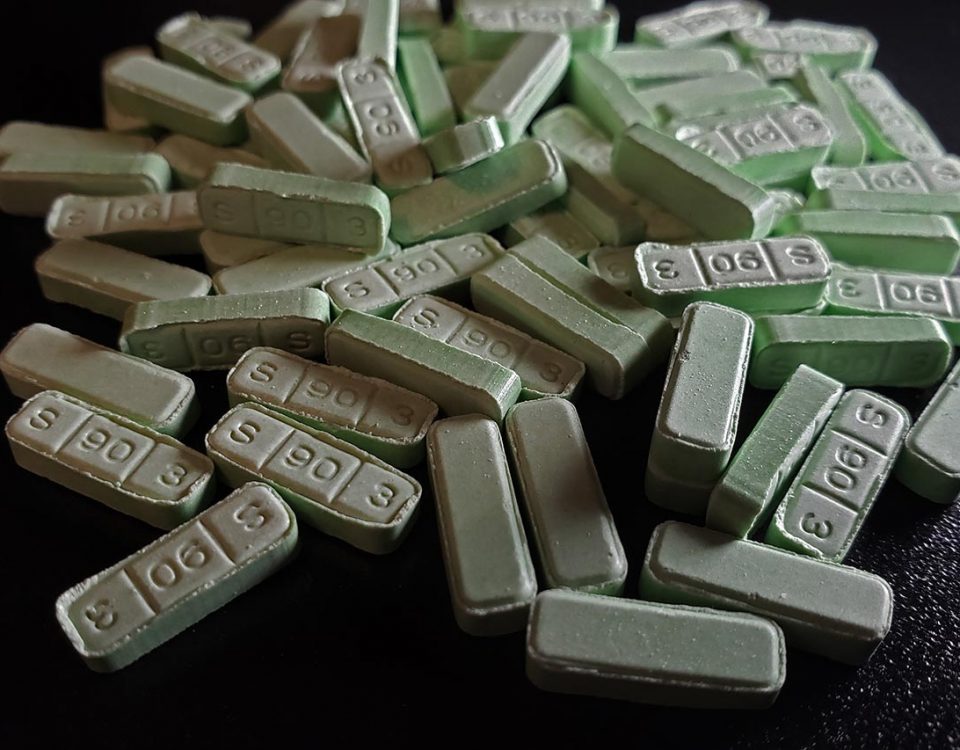Drug abuse can affect various parts of the body, including the eyes.
Not only are the eyes fairly small compared to the other parts of the body, but they’re also rich in blood supply, making them extremely sensitive. Our eyelids and eyelashes are specifically designed to protect our eyes. Whenever we sense some dust or an eyelash in our eyes, they immediately begin to water in a natural attempt to flush themselves out. But it’s not only about what can get in your eyes, but what gets into your body as well. As a drug and alcohol rehab in Massachusetts, we know that eyes can also be affected by the drugs a person takes.
What Drugs Cause Eye Problems?
It’s no secret that the United States is currently struggling with an opioid epidemic. In 2015, a total of 52,404 people in the U.S. died from a drug overdose, with 33,091 of those deaths related to opioids.1 While it’s rarely mentioned, the side effects of substance abuse include severe eye problems.
How drug abuse affects the eye depends on the substance and the longevity of use. Without addiction treatment, eye problems can worsen. Below are some commonly abused drugs that cause vision problems.
Marijuana
Marijuana, also known as cannabis or weed, is a psychoactive drug that comes from the cannabis plant. It can be smoked, eaten, or brewed as a tea. It’s often used for medical or recreational purposes. While medicinal marijuana may be prescribed to certain individuals with severe chronic conditions like cancer, recreational marijuana abuse can cause physical problems. Weed can affect eye movement, the ability to focus (saccadic accuracy), and the ability to visually follow an object (smooth pursuit eye movements).2 This can make it difficult for the person to read, drive, and detect things in their peripheral vision. Marijuana abuse can also cause changes in pupil size, color discrimination distortions, decreased sharpness in vision, and increased sensitivity to light (photophobia).3While many believe weed is a natural substance, any form of substance abuse can cause adverse side effects. A partial hospitalization program like ours at Banyan Massachusetts is recommended for recovery.
Cocaine
Cocaine, also known as coke, is an addictive stimulant that can be snorted, smoked, or injected. It targets the central nervous system, producing feelings of pleasure and arousal. Not only is cocaine known for its effects on the brain, but also its effects on vision. Cocaine is one of the most common drugs that cause vision problems, specifically known as crack cornea. Crack cornea is a chronic corneal syndrome caused by cocaine abuse that softens and damages the cornea. This can cause keratopathy, which is severe dryness of the cornea. Although this condition is usually simple to treat, it often becomes vision-threatening because the individual fails to receive medical assistance or follow up with their physicians. A person who fails to undergo cocaine addiction treatment or medical assistance may also suffer from vision problems like orbital inflammation and retinal vasculature.
Heroin
Heroin is an addictive opioid that’s made from morphine that can be snorted, injected, or smoked. Heroin works by binding to the opioid receptors in the brain, producing feelings of euphoria and pleasure. Overcoming heroin addiction is difficult for many because of its potency and addictive properties. Not only is dependency a common side effect of heroin use, but heroin can also cause numerous vision problems. When injected, heroin can cause white particles called talc retinopathy. This can prevent adequate blood flow to the eyes.4 Mydriasis is also common in heroin users, which is when the pupil dilates without a change in lighting.
Drugs that hurt your eyes aren’t limited to illicit drugs like the ones mentioned above. Some medications can also affect your vision and cause a variety of issues with your eyesight. Not only should you avoid substance abuse for the sake of your health, but you should also be careful about the medications you take.
At Banyan Treatment Centers Massachusetts, we have experience treating a variety of substance abuse disorders. Vision problems are only one of the many dangers of drug or alcohol abuse. If you’re struggling with an addiction, call us today at 888-280-4763 to learn more about our different levels of care.
Sources:
- CDC- Increases in Drug and Opioid-Involved Overdose Deaths — United States, 2010–2015
- NIH- Does olanzapine inhibit the psychomimetic effects of Δ⁹-tetrahydrocannabinol?
- NIH- Evaluation of the acute changes in objective accommodation, pupil size and ocular wavefront aberrations after cigarette smoking
- NIH- Ocular manifestations of drug and alcohol abuse
Related Reading:










